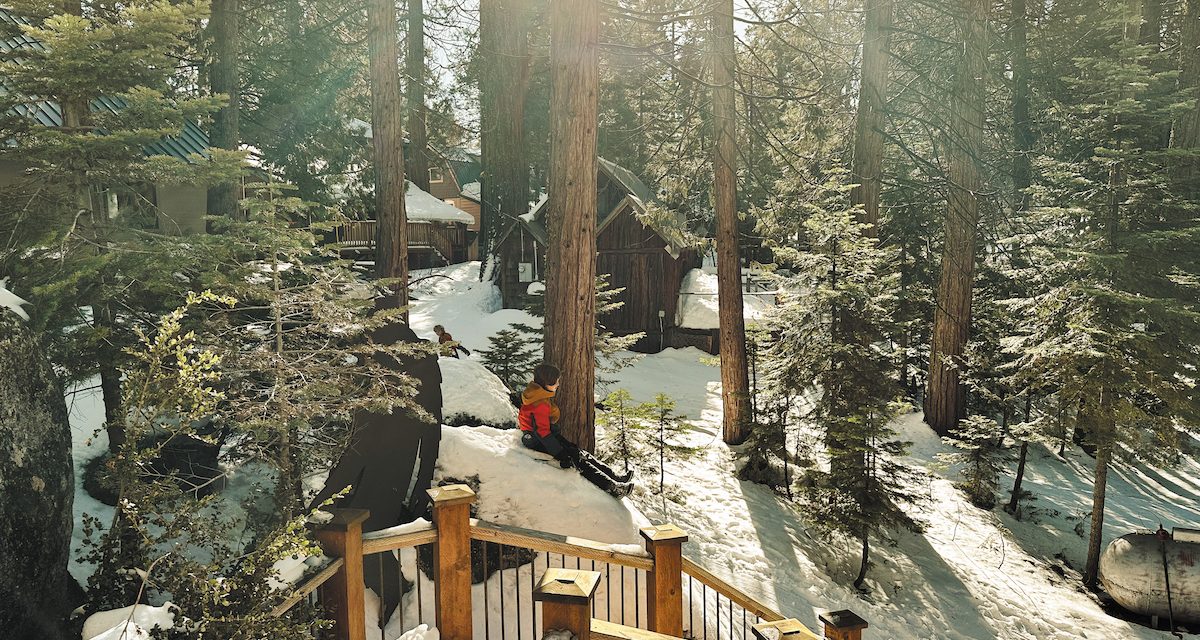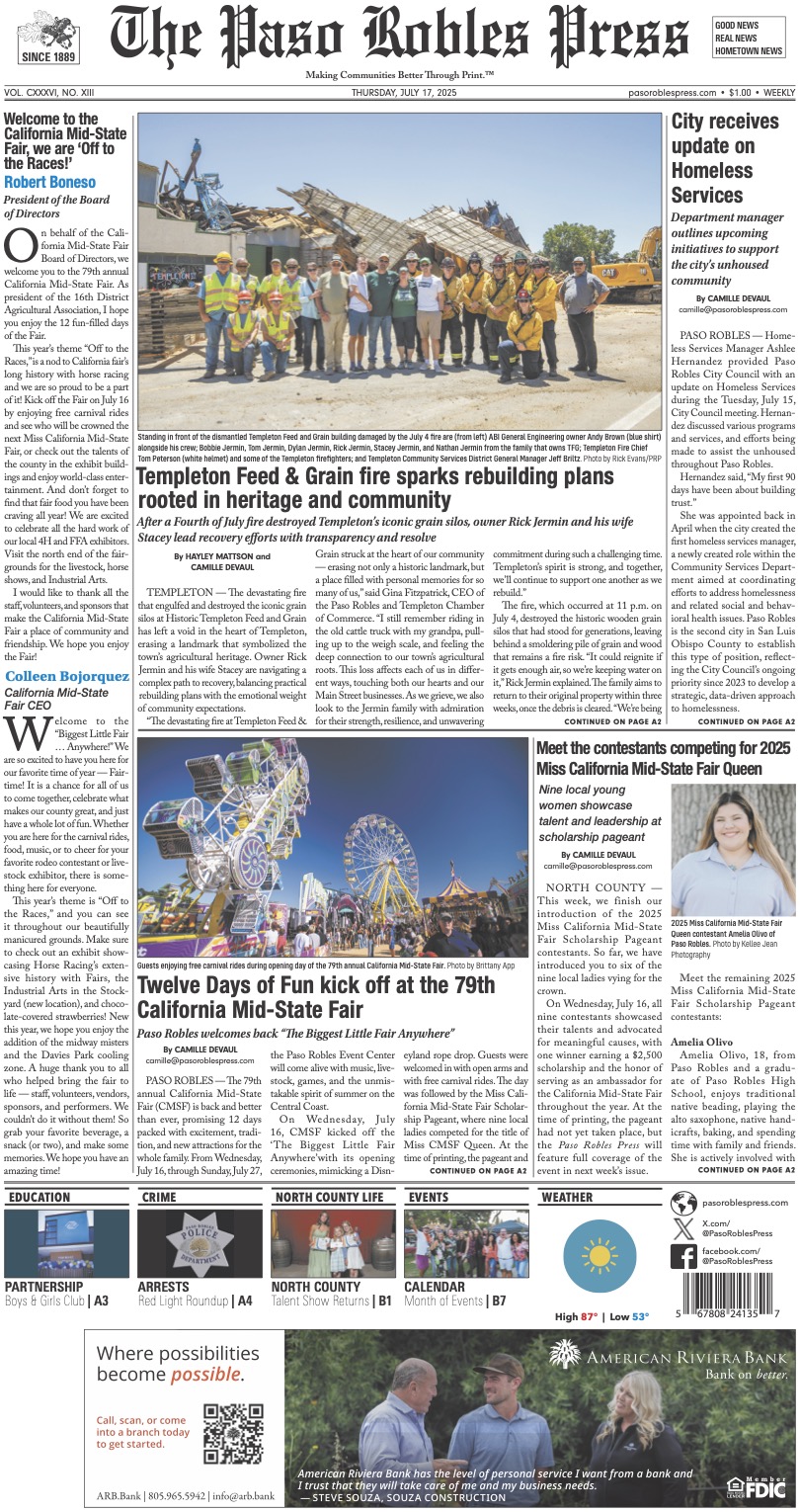During this season, a multitude of holiday traditions come alive, uniting families and friends. The atmosphere brims with the anticipation of festive shopping, enchanting events adorned with snowflakes, the legendary tales of Santa Claus and his reindeer, the captivating glow of lights, the comforting warmth of candles, and a pervasive sense of merriment. Amidst these cherished customs, there exists a more ancient and globally revered occasion, often overlooked: the Winter Solstice.
On the Central Coast, our winters are light enough that we can go outdoors and enjoy the winter season to the fullest. The temperate climate allows us to embrace the season’s spirit in the open air, whether it’s taking a leisurely stroll along the coast, enjoying al fresco dining, or partaking in outdoor festivities.
Our family has a deep appreciation for honoring the seasons. Our Swedish heritage has instilled in us a love for the traditions and rituals associated with each season, and the winter season holds a special place in our hearts. The Winter Solstice marks the year’s shortest day and longest night. Various cultures worldwide have for centuries commemorated this event with feasts and festivities, with fire and light symbolizing the celebrations on the darkest day of the year.
Throughout history, people from all corners of the globe have acknowledged this significant astronomical phenomenon and celebrated the subsequent “return” of the Sun in diverse ways. Furthermore, these age-old solstice traditions have left their mark on the modern holidays we now observe, such as Christmas and Hanukkah. The holiday season offers an unparalleled opportunity to embrace and express love. While many associate December with Christmas, this month holds a wealth of significance beyond that. From Hanukkah and Kwanzaa to acts of selflessness and love, this season revolves around spreading joy and warmth during the chilliest time of the year.
This year, Winter Solstice falls on Thursday, December 21, and in the northern hemisphere, it signifies the day with the shortest daylight hours of the year. Winter Solstice holds a pivotal role in the calendar of many cultures. This day is revered and symbolizes the birth of the new solar year, known as Yuletide.
Yuletide encompasses the period surrounding the Christmas season, traditionally spanning from December 21 to January 1, with roots dating back centuries. Although Yuletide customs have evolved over time, certain traditions persist and continue to shape modern-day festive celebrations. Adorning an evergreen tree was a customary practice during ancient Yuletide celebrations, as was the exchange of gifts among friends and loved ones. The Yule Log is another age-old tradition symbolizing the transition from the old year to the new, ushering in hope and happiness. Typically adorned with evergreen branches, holly sprigs, bare birch branches, and trailing ivy vines, the oak log is a cherished symbol. For a delectable twist, there’s the classic French Bûche de Noël, a luscious chocolate cake shaped like a Yule Log, shared with family and friends at Yuletide gatherings.
May the magic of this season fill hearts with joy, touching both the young and the young at heart. Regardless of the particular festivities we embrace, may we all discover harmony and love in our gatherings, extending acts of kindness as we embark on the journey into the new year.
PASO ROBLES PRESS MAGAZINE
Copies of Paso Robles Press Magazine are directly delivered to 23,000 readers in zip codes 93446, 93451, and 93465 and 2,000 dropped with support from advertisers and subscribers. Together, we are Making Communities Better Through Print.™
To subscribe or advertise, click here.













